Optimizing your Facebook ads is extremely important as Facebook ads account for more than 9% of digital advertising spend.
As the most popular social media platform in the world, and an incredible way to connect with a broad audience of customers, Facebook is a goldmine for marketers.
However, just like any other strategy, it takes time and planning to ensure you’re getting the most out of your Facebook ads.
Learning how to optimize your Facebook ads means that you can get bigger returns for a less initial investment. Plus, you could also find that you improve your brand reputation too.
Here are our top 13 tips to get you started.
- Decide Which Parts of Facebook to Leverage
Facebook is a fantastic tool for advertising because it provides today’s businesses with various ways to connect with their audience. When you’re optimizing your Facebook ad strategy, you’ll need to decide what kind of promotions will be best-suited to your brand and customer base.
For instance, if you’re appealing to a modern audience with a visual, creative product, then it makes more sense to use interactive slideshows, videos, and even 360-degree ads to highlight your product. If you’re connecting with a younger audience, then Facebook Messenger ads might be your best option. 89% of internet users between the ages of 25-34 now use Facebook Messenger.
Knowing where to place your ads, and how to format them will make a massive difference to your results.
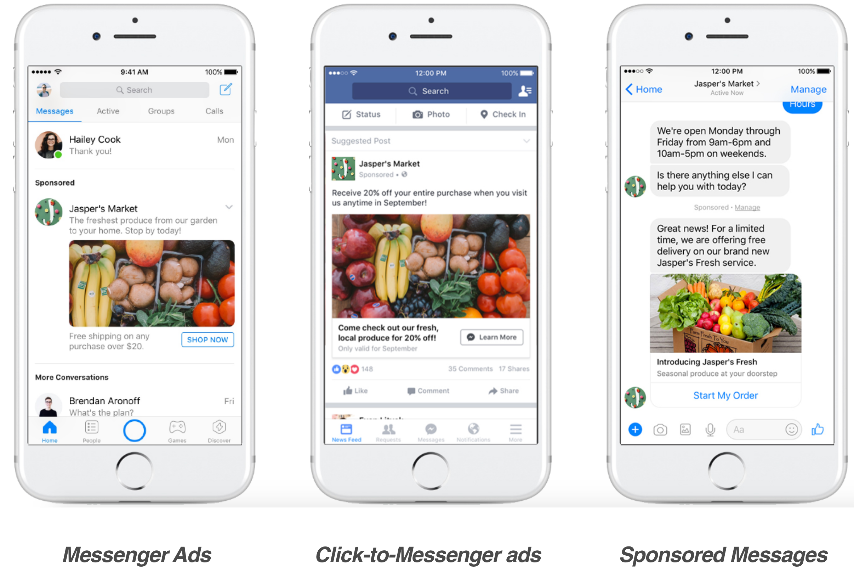
- Optimize Your Audience
No matter how great your promotions might be, they’re not going to resonate with everyone. If you’re not targeting the right people with your Facebook ads, then you’re wasting your time and money. Fortunately, Facebook offers tons of great ways to improve your targeting strategy. For instance, within the Facebook ads manager, you can create custom audiences with specific filters.
For instance, you might create an audience full of people who have interacted with your website or social media pages in the past. Then, you might have another custom audience full of people who are brand-new to your business. Having different segments will allow you to customize your marketing messages to the people you’re trying to reach.
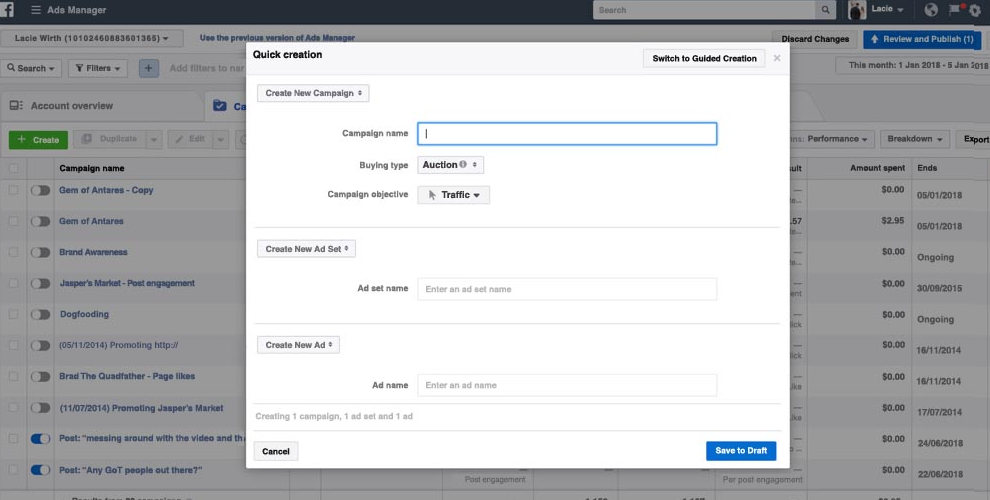
Facebook talks you through the process of creating custom audiences one step at a time. Remember, your audience needs to be as specific as possible.
- Improve Your Ad Schedule
Just as it’s essential to ensure that you’re reaching the right customers with the right messaging, you also need to ensure that your ads are appearing at the correct times.
When you run your Facebook advertising campaigns, you’ll be able to monitor your results. The Facebook Ad Manager shows you where your customers come from when they’re interacting with your content, and more. This allows you to figure out when the best time to post your content is.

Once you know when your clients are most active online, you can even create a content calendar. These calendars allow you to figure out your campaigns in advance, so you can automatically schedule your posts to publish at the perfect time – even if you’re not online. Scheduling programs like Buffer and Sprout Social are particularly useful for this.
- Mix it Up
Variety is the spice of life.
Just as you wouldn’t want to eat the same meals or do the same workouts every day, your customers don’t want to see the same old boring content. Mixing up your ads with different promotions and copy will help you to avoid the issue of ad fatigue.
Remember, when your audience sees the same content too often, their brains can start to block it out, reducing your chances of sales automatically.
Aside from just producing new copy and images, consider changing up the kinds of ads that you use too. For instance, instead of just publishing native ads all the time that link back to your website, consider using a carousel ad or live video ad instead.
- Unlock the Value of Video
Speaking of video, this is an excellent medium for companies that want to boost their chances of connecting with customers through Facebook. Facebook video ads are some of the most valuable tools that you’ll have as a social media marketer.
According to research from AdEspresso, Facebook users watch up to 3 billion hours of video every day. That means that you may have a better chance of capturing your audience with video than you do with anything else.
What’s more, Agorapulse discovered that Facebook native videos have an 86% higher reach than much of the similar content on YouTube. Make sure that any ads you create with video are designed to capture audience attention within the first three seconds. This is all the time you have to convince your customers to stop scrolling! For instance, check out this eye-catching video campaign from Sephora:
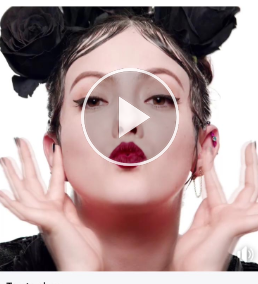
- Commit to A/B Testing
A/B testing is essential to any strategy for Facebook ad optimization. With this strategy, you can test different elements within your ad to ensure that you’re getting the best possible results. For instance, you might test your ad copy and experiment with other words and phrases to capture the audience’s attention. You can also experiment with things like:
- Ad design
- Ad placement
- Type of ad
- Call to action buttons
- Value offers
- Imagery
To get the clearest results from you’re A/B strategies, ensure that you’re only testing a single element at a time. Testing too many features at once could mean that you end up getting muddled results that don’t tell you what you need to keep, and change.

- Know Who to Exclude from Your Ads
Just as you need to use excellent audience targeting strategies to ensure that you’re reaching the right people with your Facebook ads, you also need to know who to exclude. Facebook ads are there to get people to convert. If someone in your audience has already converted and you serve them the same ad, they’re probably not going to buy your service or product again.
Showing the same old ads to people who have already converted could even end up irritating your customers or causing them to ignore your business because it’s no longer relevant to them.
Using your custom ad strategy with Facebook, you can choose who you want to exclude from certain marketing campaigns, and who you need to include. You could even decide to create a separate ad for people who have already bought one product, encouraging them to buy something similar.
- Get Your Visuals Right
In a world where 81% of people only skim the written content that they see online, it’s essential to get your visuals right.
A Facebook ad with an image included will always capture more attention than one with nothing but text and a link. However, you need to ensure that your images instantly make the right impression. That means:
- Choosing a high-quality image that looks professional.
- Conveying immediate value that forces your customer to pay attention
- Using colors in your ads that contrast with the natural colors that people see on Facebook every day (like Blue)
- Following Facebook’s guidelines for image placement, resolution, and sizing.
For instance, check out this visual ad from Air Asia. It immediately grabs attention with a bright red background that matches the brand colors. Plus, there’s a message that’s sure to appeal to audiences: “Free Seats.”
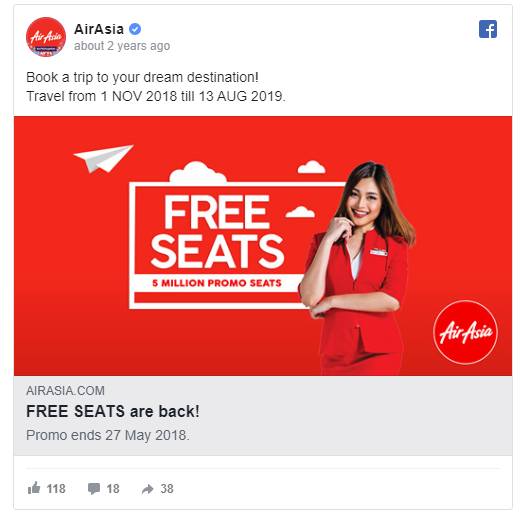
- Make the Most of your Facebook Pixel
The Facebook Pixel provides you with valuable information about who visits your website so you can retarget those users later and boost your chances of conversion. Facebook also allows you to use the Pixel to access a lookalike feature. This means that you can target people who have similar tastes and habits to other customers.
The next ad you create on Facebook is likely to be much more successful if you know how to make the most of the Facebook pixel.
Go into your Facebook Ad manager, and make sure that your pixel is tracking the right metrics for your needs. You can choose between things like people who visit specific pages and people who spend a certain amount of time on your site.
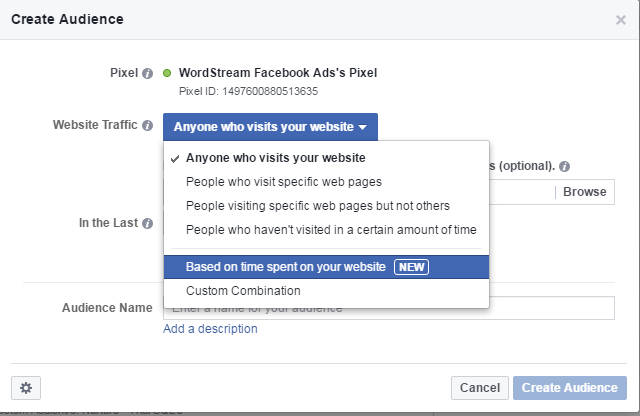
- Test your Bidding Strategies
Just as you might experiment with different bids and keywords when advertising on Google AdWords, you can also explore various bidding strategies on Facebook.
With the Ad Manager, you can create up to 5 different ad groups for a similar ad and use different bid amounts and types on each of them. Allowing each of these ads to run for a week or two will give you an insight into which strategies deliver the most return on investment.
Once you know which bids are driving the right results for you, you can kill off the other ads that aren’t working.
- Try Going Native
Sometimes, the best Facebook ads are the ones that just feel like another natural post. Some customers who are browsing through their social media feeds are turned off by seeing obvious advertisements from companies. Because of this, it can be helpful to use boosted posts, instead of ads.
Boosted posts are excellent for increasing organic reach, and they allow you to target a specific audience, just like you would with any other Facebook ad.

Ideally, your boosted posts will be the content on your Facebook page that naturally highlights the best features of your brand. For instance, 74% of marketers say that they repurpose and amplify influencer-generated content to improve the credibility of their brand on social media.
If you have a post on your Facebook profile that comes from a well-respected figure in your industry, boosting it, or transforming it into an ad could help you to earn more attention from a wider audience.
- Double-Dip
Sometimes, if you want to get the most out of your Facebook ads, you need to let your creative copy go further than Facebook alone. For instance, you can take your Facebook video and embed it into your blog post or promote a Facebook competition on Instagram.
Because Facebook owns Instagram, it’s easy to cross-promote the same content across multiple channels and boost your chances of reaching a wider audience. You can also encourage as many people as possible to follow you back to your Facebook pages by including social media buttons on your website, blog posts, and even your email campaigns.
Don’t be afraid to repurpose the content that you create on Facebook and use it to enhance your marketing strategies elsewhere.
- Keep Learning and Growing
Finally, the most crucial way to ensure that you’re making the most of your Facebook ads is to watch the metrics that you collect and focus on making changes that are informed by actual information. Monitoring your Facebook ads with Facebook Ad Manager can even allow you to compare the results of an ad for two different periods side-by-side, so you can see if some copy is going stale.

If you want to ramp up your chances of success, then you can combine your monitoring strategy with the “Fast Take Off” Method. This involves launching several ads at once and seeing how they compare. After a couple of weeks, you remove the ads that aren’t working and continue building on the ones that deliver the best results.
Just remember, you’ll need to serve your ads to different groups of people who belong to the same target audience. Using the same target audience will ensure that you’re getting relevant results. However, segmenting that audience means you won’t be overwhelming your customers with too many marketing campaigns.
Ready to Optimize Your Facebook Ads?
Creating the perfect Facebook ads takes time, focus, and a lot of practice.
You’ll need to commit yourself to constantly growing and improving, as well as paying attention to all of the results that you get from your campaigns.
The good news is that if you take the time to properly build your campaigns, the results will be well worth the effort. How are you optimizing your current Facebook ads? Let us know in the comments, or browse this blog for extra tips.

